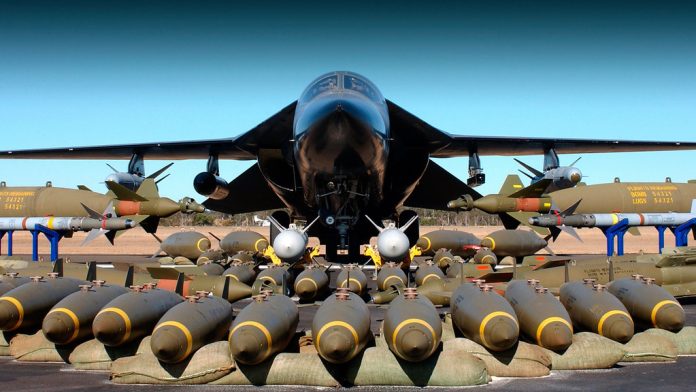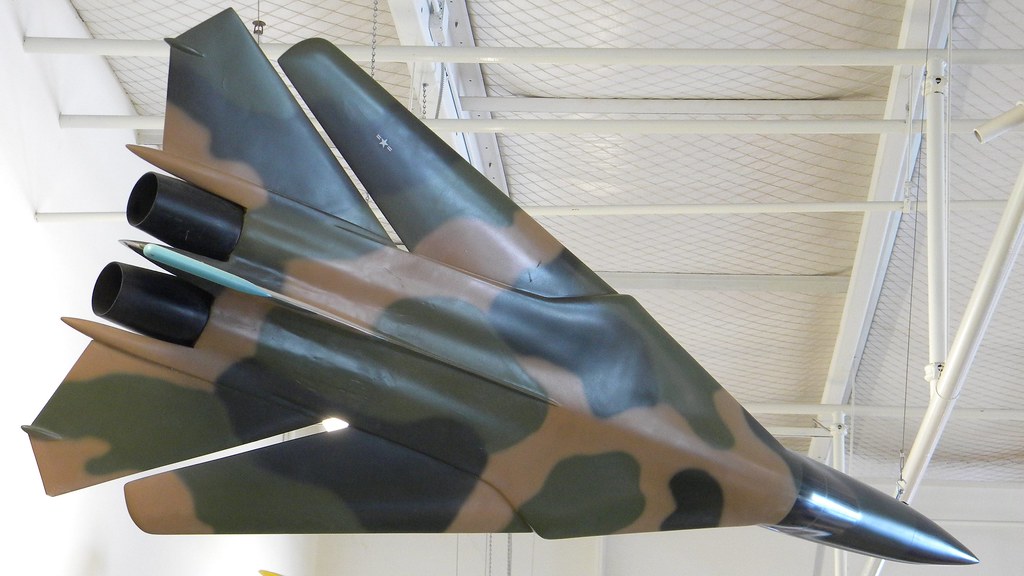
In the annals of U.S. military aviation history, the F-111 Aardvark holds a special place, marking its significance through a series of combat operations that demonstrated both its strengths and weaknesses. This aircraft, though initially surrounded by controversy and skepticism, proved its mettle in combat and strategic roles, most notably during the 1986 U.S. airstrike on Libya, known as Operation El Dorado Canyon.
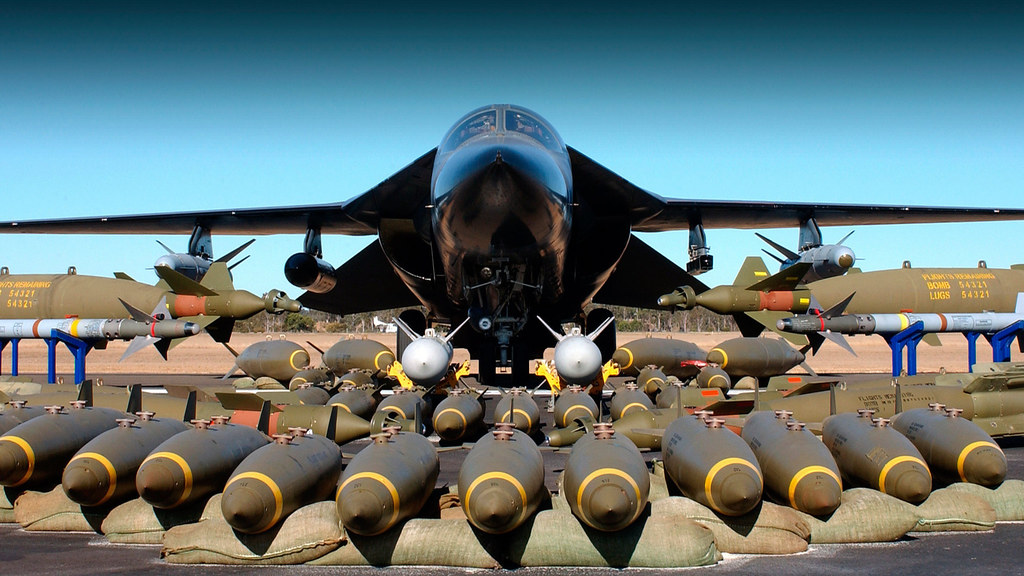
The United States’ tumultuous relationship with Libya in the 1980s is often overshadowed by later conflicts, but Operation El Dorado Canyon stands as a testament to the evolving tactics and technological capabilities of the U.S. Air Force.
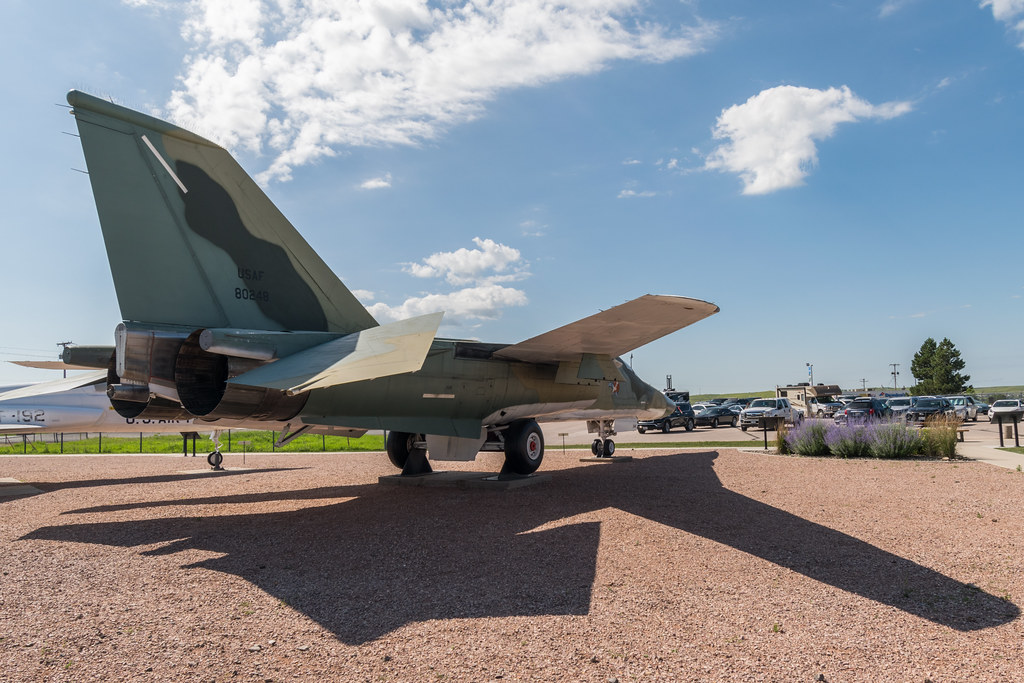
The operation, launched on April 14, 1986, just nine days after the bombing in West Berlin that killed a U.S. soldier and injured more than 200 civilians, was a direct response to a series of provocations including the Libyan missile attack on U.S. Navy aircraft.

Designed to target Libyan terrorist centers, the mission saw a fleet of twenty-four F-111s, taking off from the UK and joining forces with U.S. Navy A-6s, A-7s, and F/A-18s from two aircraft carriers in the Mediterranean.
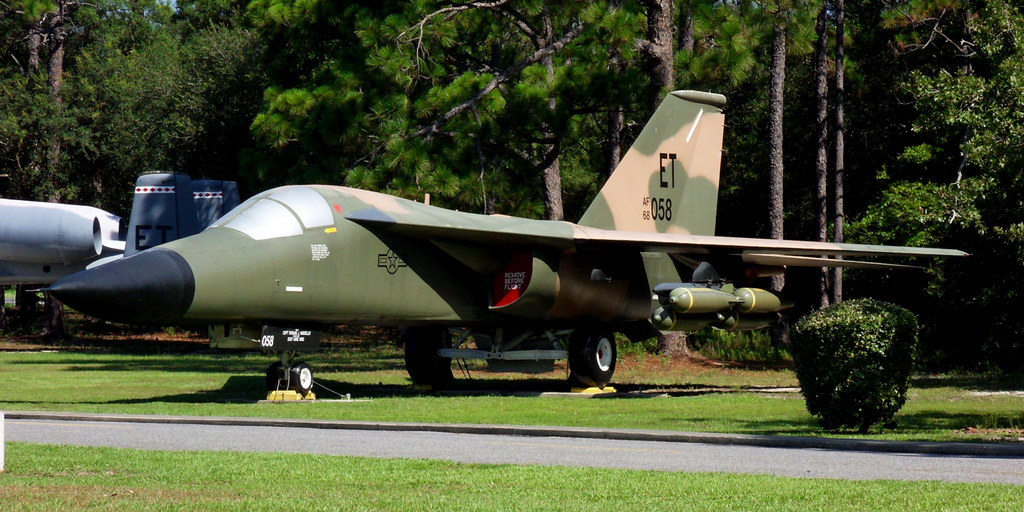
As Air Force Capt. Gregory Ball described, “EF-111s commenced electronic countermeasures against Libyan air defenses, while Navy support aircraft provided surface-to-air missile suppression.”
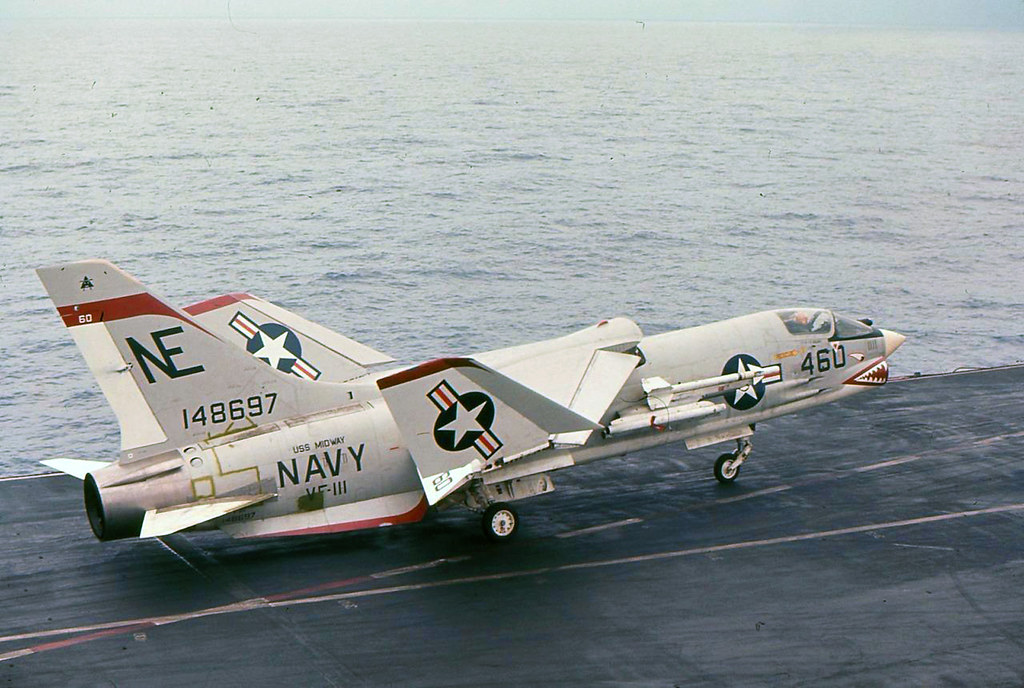
Despite setbacks, including the loss of an F-111 and its crew, the operation killed thirty-seven and injured ninety-three, showcasing the effectiveness and power of the F-111 in a combined Air Force and Navy operation.

Beyond this operation, the F-111’s legacy includes its invaluable service in the Gulf War, where its ground attack capabilities were unmatched. In an environment where speed and accuracy were crucial, the F-111’s design, which prioritized a significant payload capacity and impressive flying performance, was unparalleled.
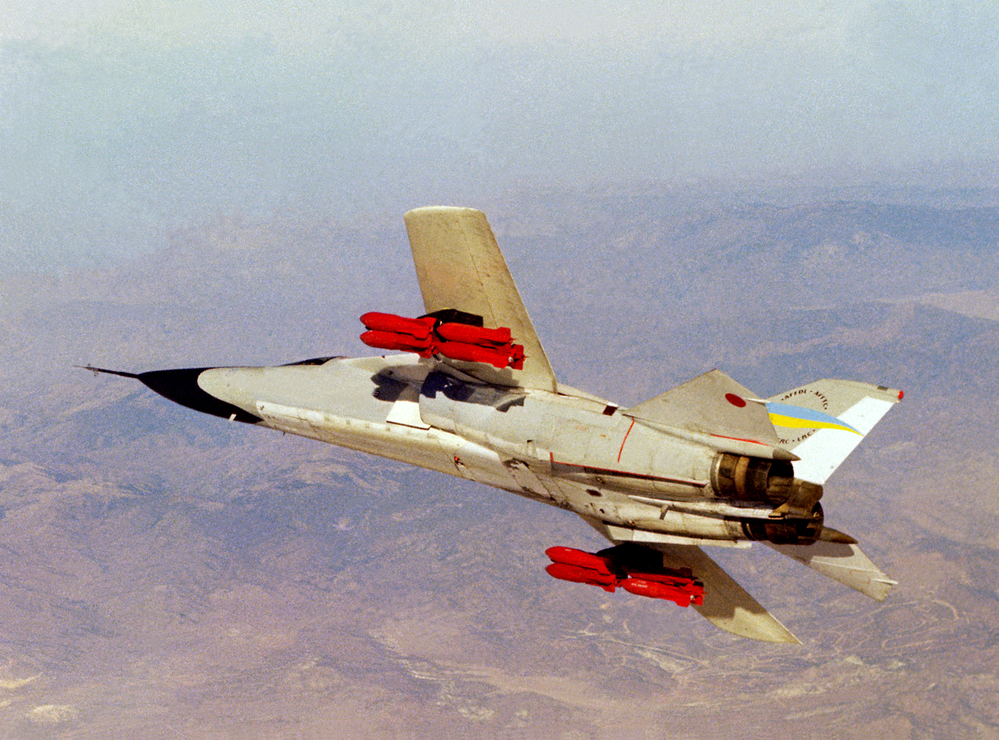
The F-111’s story also intertwines with political and industrial maneuvers of the 1960s, personified by figures like Robert McNamara, who pushed for the aircraft’s development amidst interservice rivalries. Despite its initial reception as an unwanted stepchild of both the U.S. Air Force and Navy, the aircraft’s advanced features such as its swing-wing design and its ability to carry a formidable array of weaponry, including nuclear ordnance, eventually earned it a grudging respect.
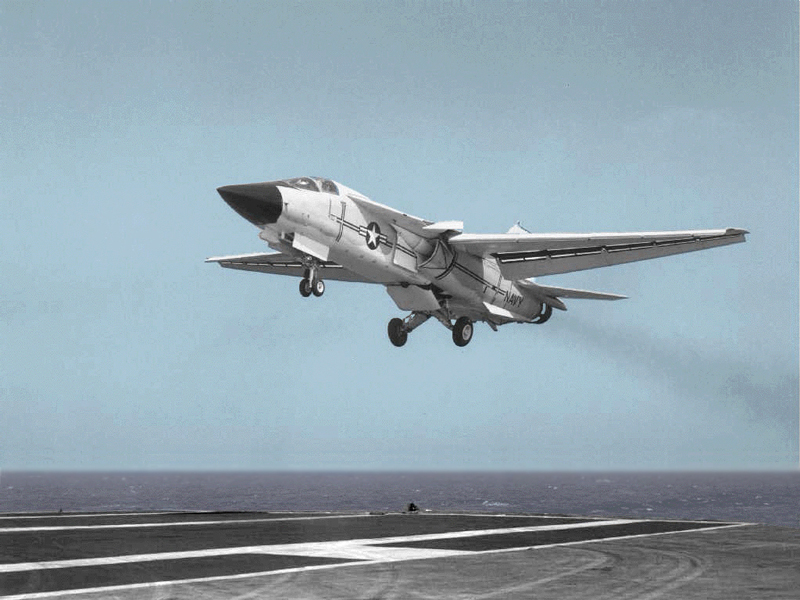
The F-111 also found international success, serving with the Royal Australian Air Force well into the 21st century and undergoing a series of upgrades that kept it at the cutting edge of military technology. It adapted over time to include reconnaissance capabilities with RF-111Cs, increased its strike capabilities with laser-guided bombs, and embraced new technologies with the integration of digital avionics.

The Aardvark’s operational history is not just a showcase of technological advancement but also a reflection of changing military strategies. Its role in the Gulf War, where it contributed significantly to the Coalition’s air campaign by striking a disproportionate number of targets, attests to its enduring utility. The aircraft’s ability to deliver precise strikes with bunker-busting munitions and carry out reconnaissance missions without the need for escort or tanker support are enduring testaments to its design and versatility.

While Canada chose to retire its F-111s in favor of newer aircraft, Australia’s commitment to the Aardvark extended well into the 21st century, with comprehensive upgrades that would ensure its capability until it was ultimately replaced by even more advanced systems.

The F-111 Aardvark, once the subject of skepticism and political contention, carved a name for itself as an unstoppable force in the sky, capable of striking with precision and eluding defense systems with its electronic warfare measures.
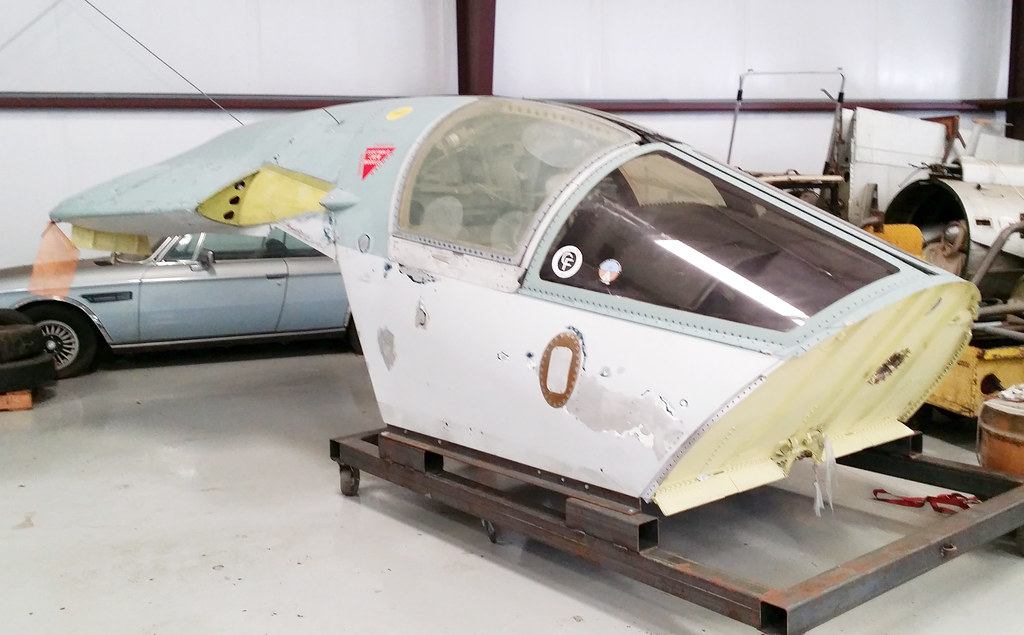
The aircraft’s evolution from a controversial project to a legendary workhorse of the U.S. Air Force and its allies is a powerful reminder of the dynamic nature of military technology and strategy.
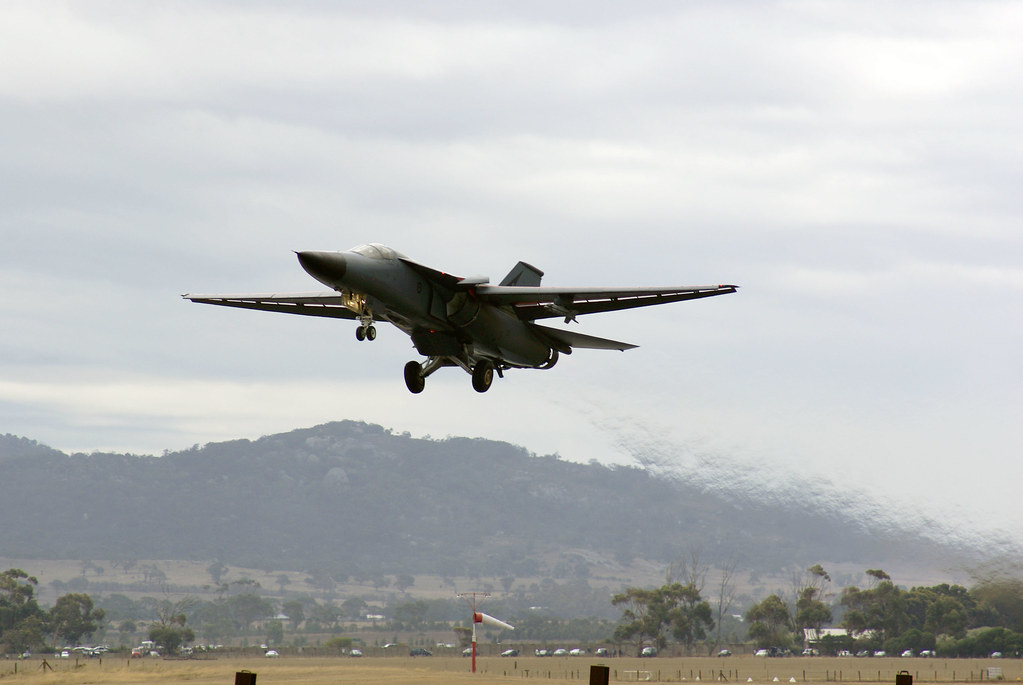
Its story, rich with lessons from its operational highs and lows, continues to resonate within military and aviation circles as an example of successful adaptation and resilience in the face of challenge.
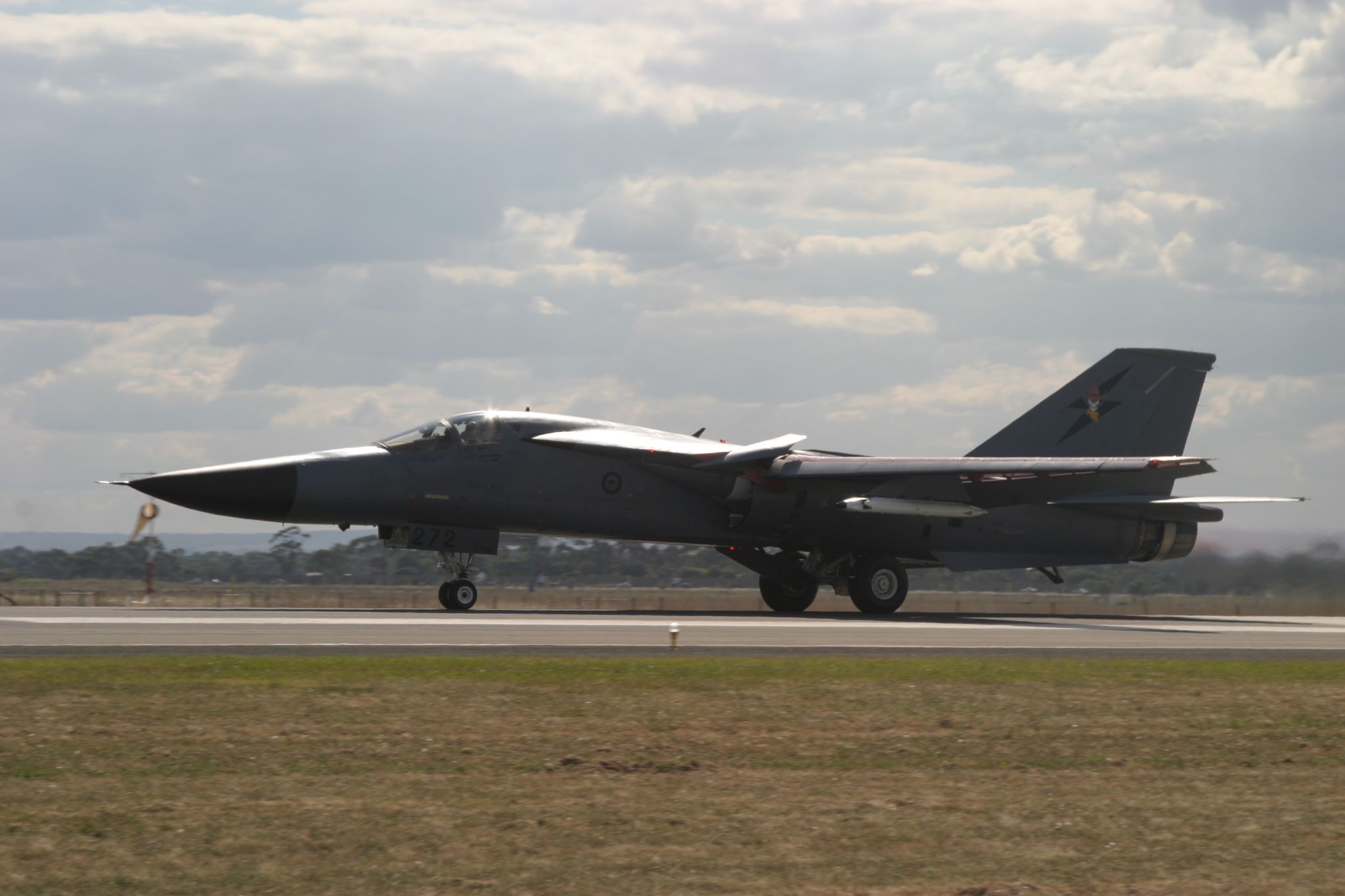
Relevant articles:
– The F-111 Aardvark Was the U.S. Air Force’s Unstoppable Strike Fighter, The National Interest
– The F-111 Aardvark Was a Much Better Ground Strike Jet Than the A-10, Let Us Prove It, autoevolution
– General Dynamics F-111C, Fandom
